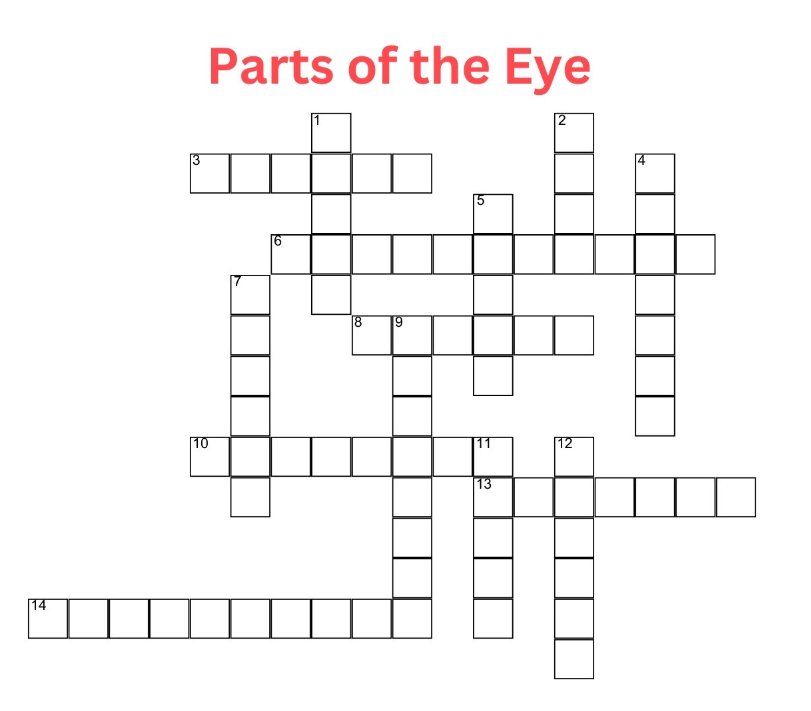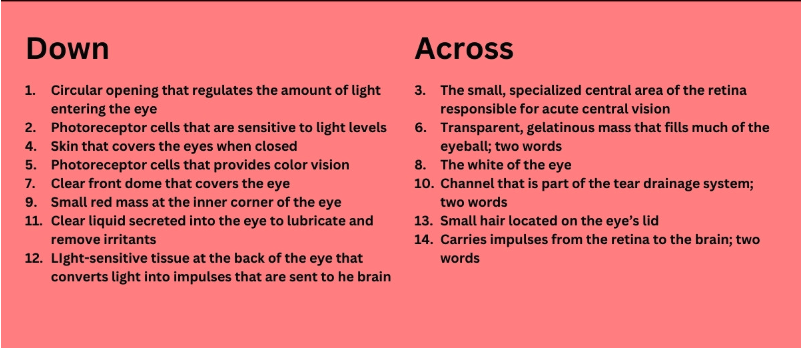Blog

The sun does some amazing things. It plays a role in big helping our bodies to naturally produce Vitamin D. In fact, many people who work indoors are directed to take Vitamin D supplements because of lack of exposure to the sunshine.
But being in the sun has risks, as well...
If sunglasses are not worn, there is a greater risk for cataracts or skin cancers of the eyelids. It is important to know that not all sunglasses are made alike. UVA,UVB, and UVC rays are the harmful rays that sunglasses need to protect us from.
However, many over the counter sunglasses do not have UV protection built into the lenses, which can actually cause more damage than not wearing sunglasses, especially in children. 80% of sun exposure in our lives comes in childhood. Without UV protection in sunglasses, when the pupil automatically dilates more behind a darker lens, more of the sun's harmful rays are let in.
The whole point is that consumers should be aware that it is vital to buy sunwear that has UV protection built into the lenses.
Polarization is another option to add to sunglasses to protect the eyes from glare from the road and water. Fisherman love polarized lenses because you can see the fish right through the water. People who boat also claim their vision is better because glare off the water is reduced.
There are so many reasons to wear good sunglasses! Plus, they just look fabulous!
This blog provides general information and discussion about eye health and related subjects. The words and other content provided in this blog, and in any linked materials, are not intended and should not be construed as medical advice. If the reader or any other person has a medical concern, he or she should consult with an appropriately licensed physician. The content of this blog cannot be reproduced or duplicated without the express written consent of Eye IQ.
 My Child Has Myopia—Now What?
My Child Has Myopia—Now What?
Trouble seeing the board at school, frequent squinting, complaints of headaches, a rising amount screen time—whatever prompted you to schedule an eye appointment for your child, it was clear: something was wrong. Next, you learn that your child has myopia or nearsightedness. What do you do now?
First, it’s important that you do something.
That may seem obvious, but it’s important to underscore here because that hasn’t always been the case with myopia. Myopia, more commonly known as nearsightedness, often meant glasses with continually higher prescriptions as the condition progressed and vision declined. CooperVision’s myopia simulator can give you glimpse of what that progression looks like through the eyes of a child. Perhaps that was even your own experience. Since then, the world’s understanding of myopia has developed, and the necessary technology alongside it. Now we can do something to slow the progression of myopia and we must.
Not only does slowing the progression of myopia help preserve your child’s vision, it keeps their eyes healthier and at less risk for serious eye conditions later on such as cataracts, glaucoma and retinal detachment, all conditions that can lead to visual impairment and even blindness. Fortunately, you have options to support your child’s eye health and keep their future bright.
In our practice, we can walk you through myopia management options, including CooperVision’s Brilliant Futures™ Myopia Management Program with MiSight® 1 day contact lenses. Together, we can explore what will be the best fit for your child, their preferences and their lifestyle. We’re very excited that we’re certified to offer MiSight® 1 day, the first and only daily soft contact lens FDA approved* to slow the progression of myopia in children, aged 8-12 at the initiation of treatment†2. It’s a simple and safe solution that works for many lifestyles, as well as being proven to slow myopia progression by about 59% on average.† To top it off, research also tells us that compared to children in glasses, children in contact lenses report better quality of life, especially for recreational activities and their self-perceived appearance.
We believe that kids should grow stronger, but their nearsightedness shouldn’t. Reach out to us today to schedule a time for a conversation about myopia and your options to support your child’s eye health.
* Indications for use: MiSight® 1 day (omafilcon A) soft (hydrophilic) contact lenses for daily wear are indicated for the correction of myopic ametropia and for slowing the progression of myopia in children with non-diseased eyes, who at the initiation of treatment are 8-12 years of age and have a refraction of -0.75 to -4.00 diopters(spherical equivalent) with ≤ 0.75 diopters of astigmatism. The lens is to be discarded after each removal.
† Compared to a single vision lens over a 3-year period.
1 Flitcroft DI. The complex interactions of retinal, optical and environmental factors in myopia aetiology. Prog Retin Eye Res. 2012;31:622-60.
2 Chamberlain P, et al. A 3-year randomized clinical trial of MiSight® lenses for myopia control. Optom Vis Sci. 2019; 96(8):556-67.
3 Rah MJ, et al. Vision specific quality of life of pediatric contact lens wearers. Optom Vis Sci2010;87(8):560-6.



